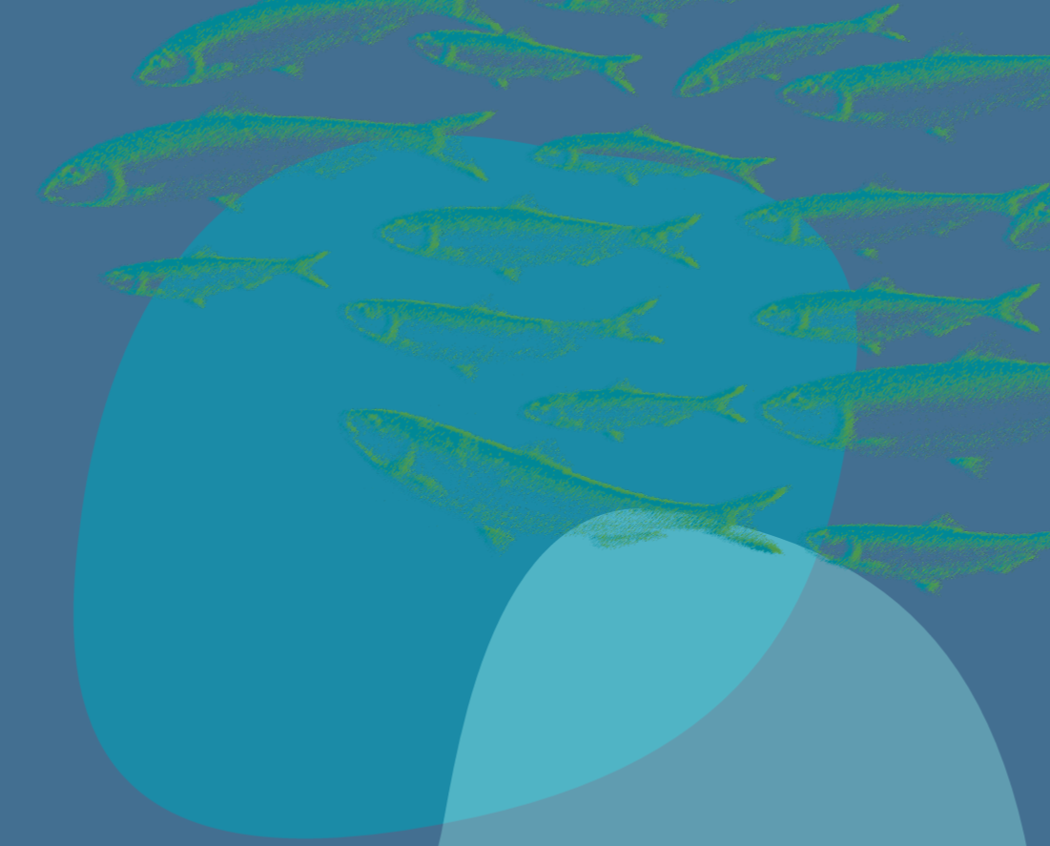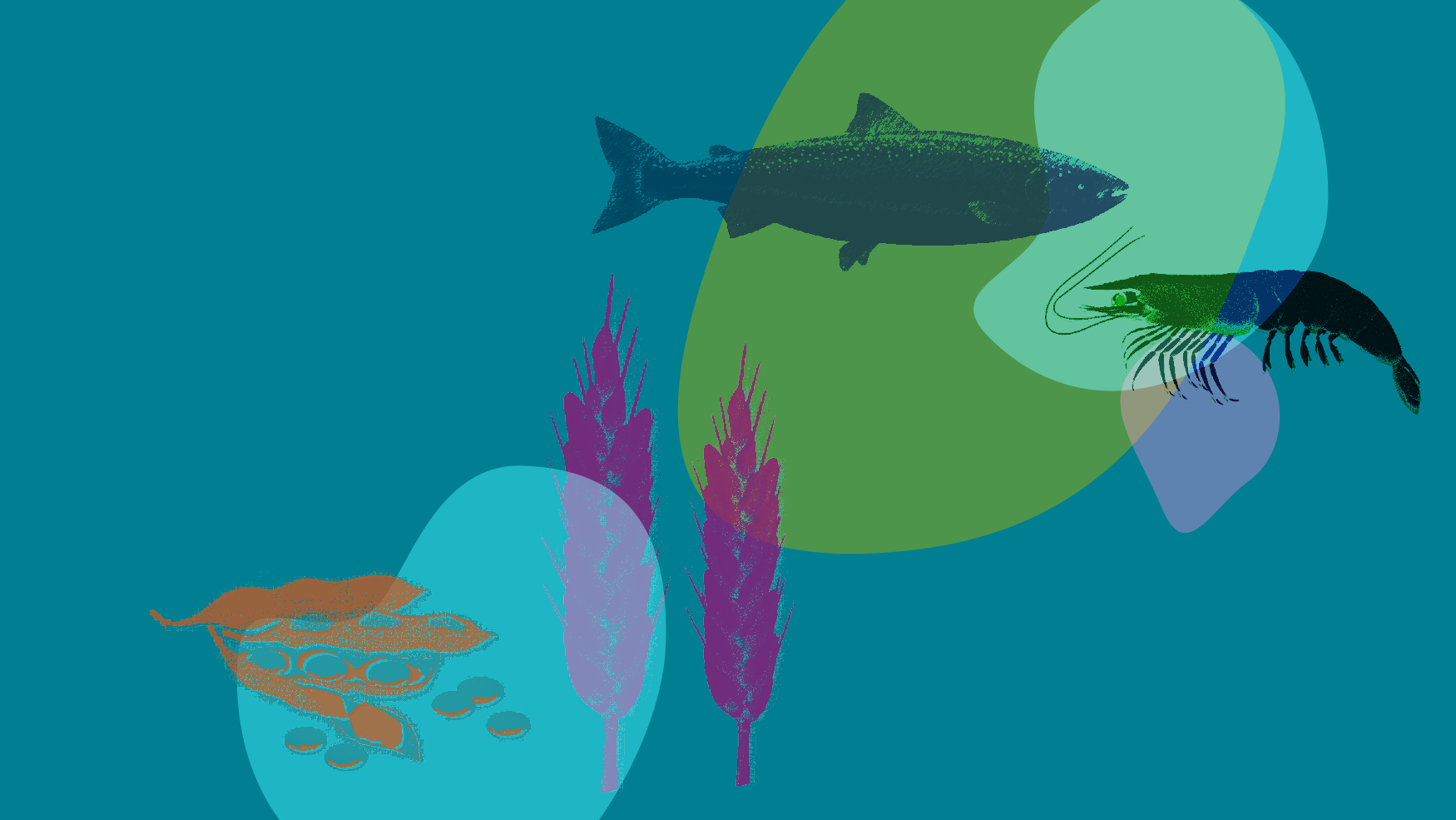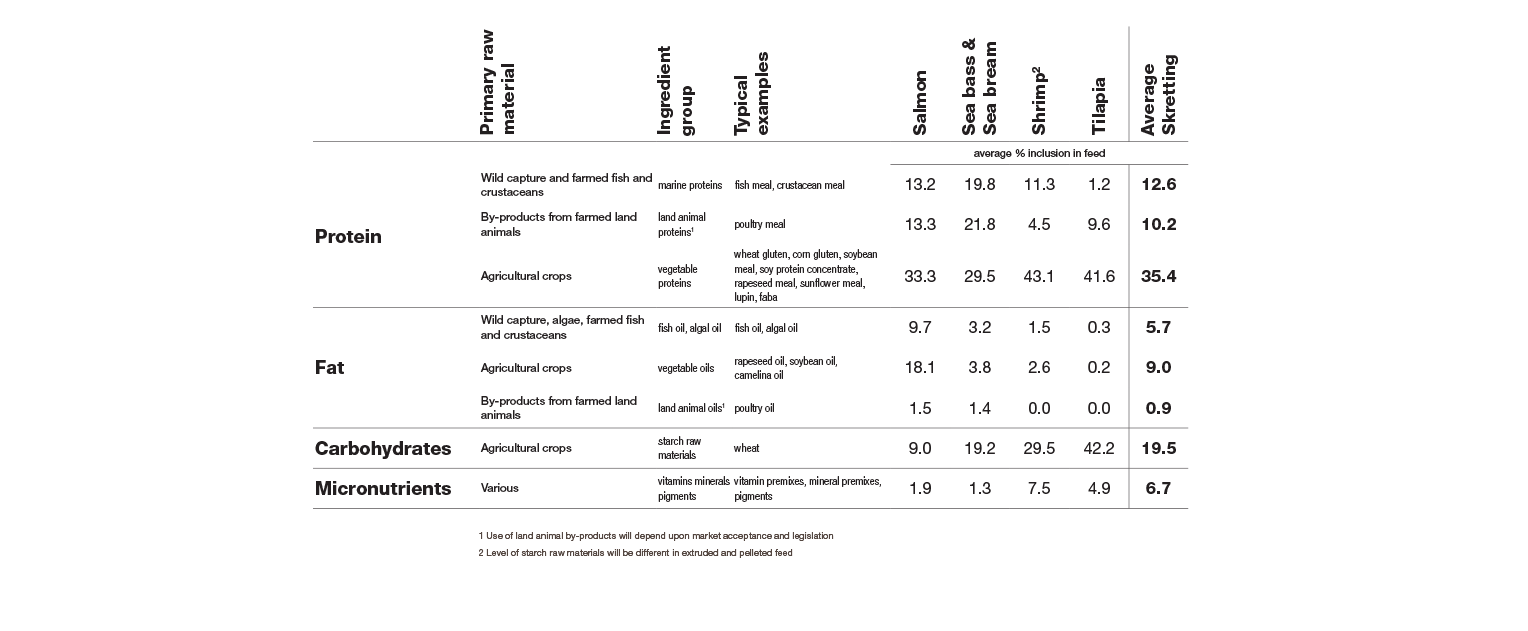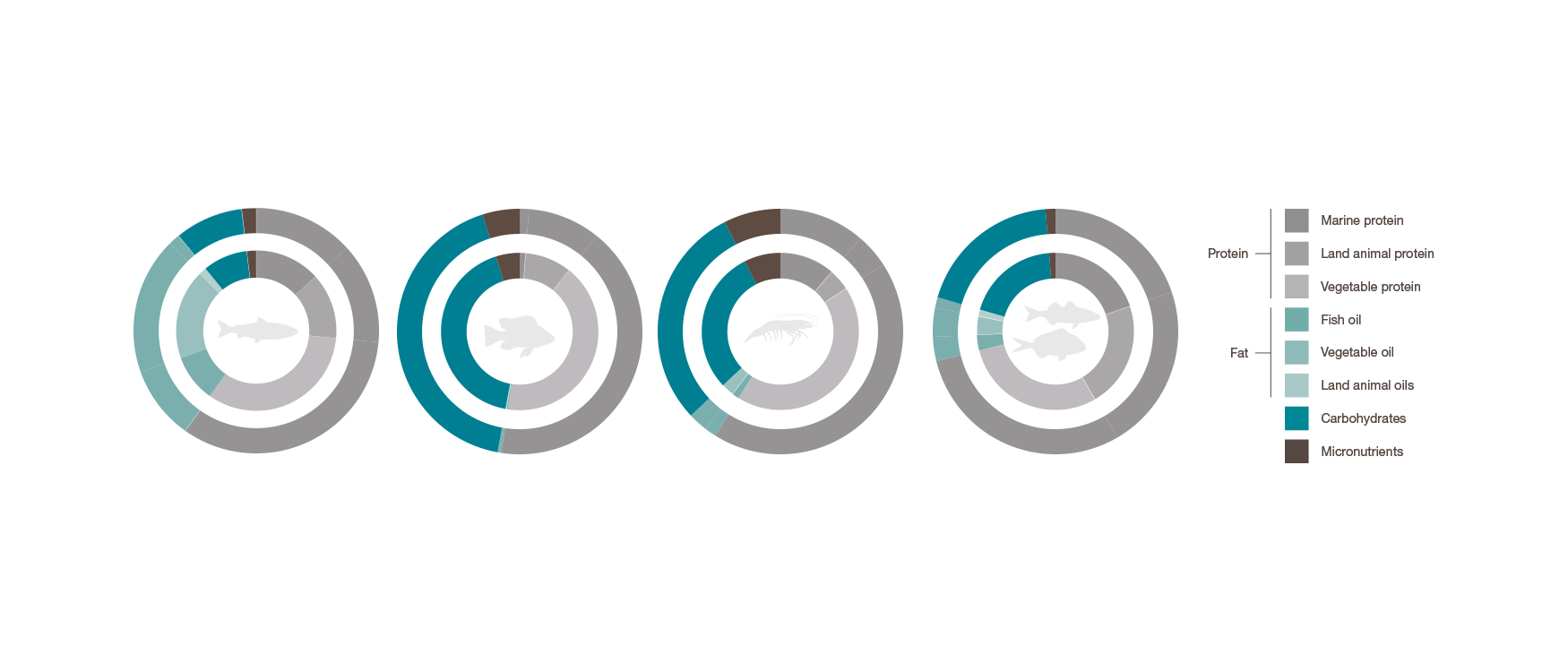Ingredient deep dive
The ingredients that we use in our feeds are a fundamental component of our sustainability objectives, with 95% of our total emissions coming from scope 3 ingredients. In this chapter, we take a deep dive into our ingredients, with a focus on soy and marine, and we also describe measures and collaborations in place to minimise our impact.

From sustainable raw materials to high-performance nutritional solutions
The production of fish and shrimp feed is an intricate matter. Strict criteria regulate the physical quality of the pellets, and sophisticated process equipment is needed. Raw material procurement is a big cost driver, so a significant part of the feed production research aims to increase both raw material flexibility and functionality.
Every improvement in product technology can lead to better quality, increased efficiency and a more sustainable process. We produce more than 3 million tonnes of feed each year, which means that even small improvements can add up to big numbers.
Our targets and progress
Source 100% of marine ingredients from sources audited and certified by MarinTrust or MSC
 Progress
Progress
84% of our whole fish and trimmings are MarinTrust, MSC
or MarinTrust-FIP certified
All purchased soy will be deforestation-free by 2025
 Progress
Progress
97% of our purchased soy is in class A or B according to our sourcing policy
Ensure that by 2022, all agricultural vegetable products are traced back to the country where they were cultivated, to use in a risk filter and for footprinting requirements
 Progress
Progress
We have traceability for soy and palm ingredients to the country where they are cultivated. Unfortunately, we have not yet successfully implemented a traceability system for other vegetable ingredients due to the complexity of supply chains and the significant increase in administration that comes with it, both for us and our suppliers. In 2023 a team will be set up to take this further
5-10% of feed ingredients come from alternative novel sources
 Progress
Progress
Important increase on the use of novel ingredients used in 2022, bringing the total to 1% in Skretting
What ingredients are in Skretting feed?

Next: Procurement milestones
The last three years have been extremely challenging for the procurement and supply chain teams. At the beginning of 2022, with the end of COVID-19 in most of the world, we thought we would be in calmer waters. Then the war started in Ukraine.


